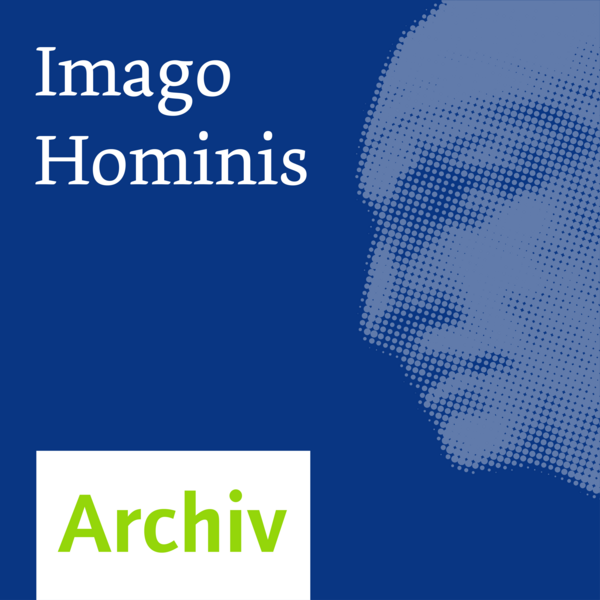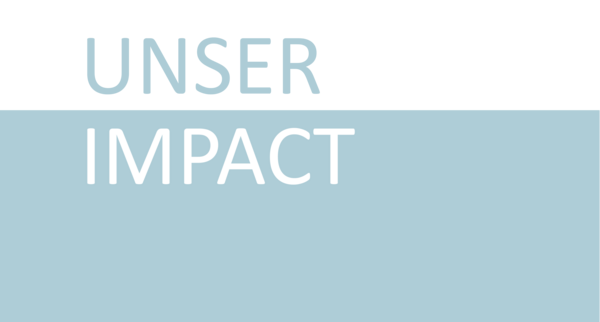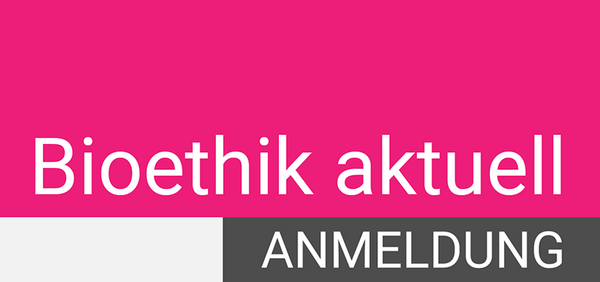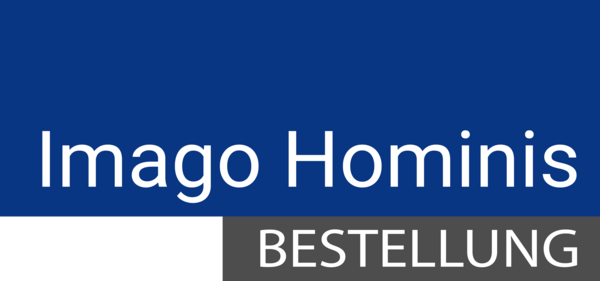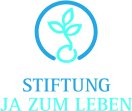Die Sprache der Medizin
Zusammenfassung
Die Krankheit, der Kranke und der Arzt machen die Heilkunst. Der Patient soll sich mit seinen Bedürfnissen und Ängsten angenommen fühlen. Trotz des steten Wandels der Medizin bleiben die Grundanforderungen an die Patient-Arzt-Beziehung die gleichen. Ziel der gelingenden Patient-Arzt-Beziehung ist weitgehende Autonomie des Patienten, also gelingendes Leben mit dem Kranksein. Die gelingende Sprache in der Kunst der ärztlichen Gesprächsführung ist die Grundlage gelingender Patient-Arzt-Beziehung. Die gelingende Sprache orientiert sich an der Sprache des Patienten und verzichtet auf das medizinische Eigenvokabular.
Schlüsselwörter: Patient-Arzt-Beziehung, Sprache der Medizin, Sprache des Patienten
Abstract
The art of healing comprises the disease, the sick person, and the physician. Although medicine is changing all the time, the basic requirements of the doctor-patient relationship remain the same, and the patient should always feel that his individual needs and fears are being appreciated. The overall aim of a succesful doctor-patient relationship is the patient’s autonomy – that is, life in the presence of disease. The successful use of language in the art of medical conversation is the basis of a successful patient-doctor relationship. The succesful conversation will thus respect the patient´s style of conversation while avoiding medical jargon.
Keywords: patient-doctor relationship, medical language, patient's language
Prof. Dr. med. Marcus Schiltenwolf
Klinik für Orthopädie und Unfallchirurgie
Universitätsklinikum Heidelberg
Schlierbacher Landstraße 200a,
D-69118 Heidelberg
marcus.schiltenwolf(at)urz.uni-heidelberg.de

